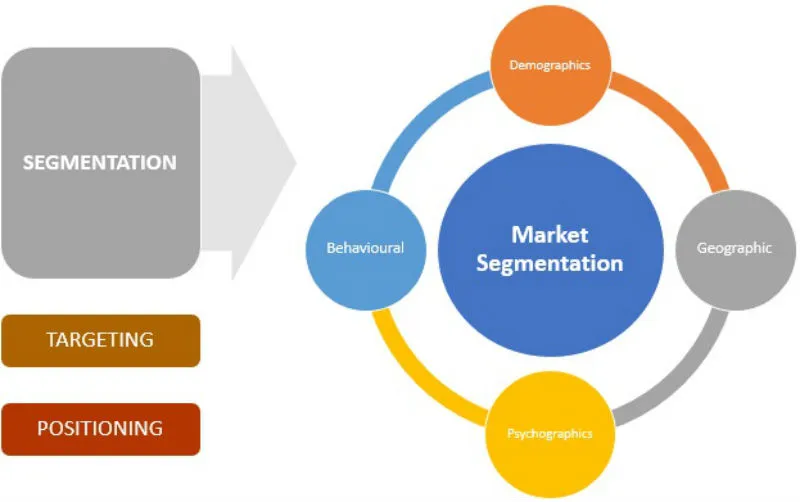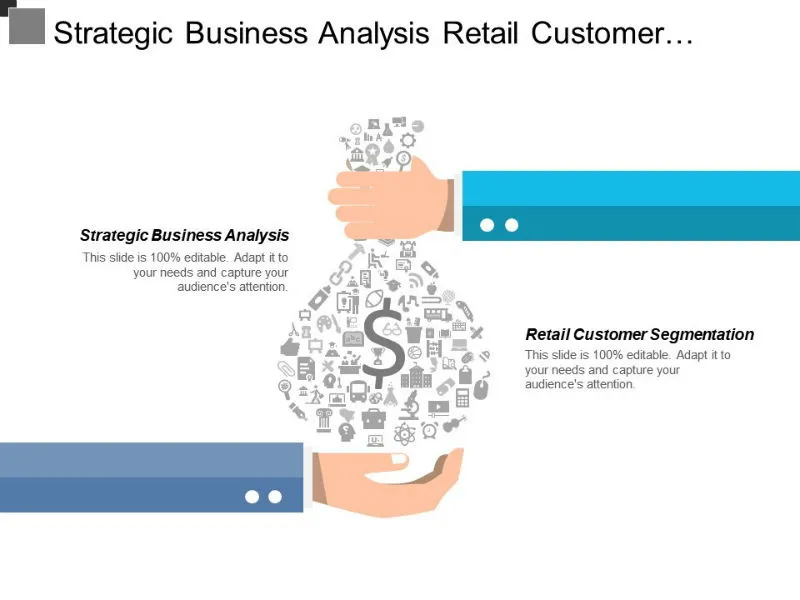

Using Segmentation Analysis to Improve Marketing
Segmentation analysis is extremely important to small businesses who tend to have limitations with their budget for advertising and marketing.
Segmentation analysis is an important key when creating your business plan or launching your next product. It helps you to establish your target buyers. In order to create an optimal plan, you need to understand your overall market, which is your main group of people that will benefit from using your services or products.
You may also like to read - A Business Development Strategy For Growth
What Is Market Segmentation Research
Sometimes your overall market can be quite large, making your efforts in marketing a bit hit or miss. It can be less focused, which means it won't find the perfect buyers. An example would be a company that sells a range of beauty products that makes its target market anyone who purchases beauty products. That's a pretty big chunk of people that they are marketing to. It also won't differentiate their business from their competition.
Once you know what your overall market is, you can break this group down into smaller segments. These segments look at a much smaller target as a means of finding specific consumers that have unique needs for a specific service or product.
Segmentation analysis can be done through surveys, market research, databases or data analysis. When doing market segmentation research you are looking for common characteristics to group consumers into, such as needs, similar lifestyles, interests, or similar demographics. The overall point of segmentation analysis is to find those groups that will have the most potential for profit and growth, becoming your target market.
Segmentation In Retail: Not All Businesses Are Created Equal
There are a number of ways to segment your market depending on the type of business you have and who you are selling to. This is more valid than ever in retail. Not all businesses are the same, therefore their marketing programs requirements will differ, using variables like product or service promotions, special offers, or specific pricing.
With this in mind, it is hard to pick a specific segmentation type in a one-size-fits-all approach when talking about retail. It is necessary to analyze each particular case and then decide a segmentation type based on the business goals and needs.
Demographic Segmentation
Describing all segmentation types available is beyond the scope of this article but it would incomplete without devoting a section to the most used segmentation type of all across all business verticals, and that is demographic segmentation.
There are a number of consumer segments that can be used in retail marketing. The 7 top consumer segmentation examples are:
Acquisition – This looks at how the consumer became a customer. You can learn how they became aware of your products and services, as well as what channels work well. This a be divided even further into groups, such as promotions via social media, walk-ins. And word of mouth.
First Time Purchases – To help predict future activities of consumers, you can see what new customers bought first. This can help with creating a profile for buyers
Engagement – This looks at how consumers have engaged with the company and what devices they used to do so.
Location – Looking at a customers postcode or distance from your nearest business can help predict things like trends in regional shopping, and seeing where competitors are located.
Level of Income – This can be segmented in a number of ways and helps to advertise products and promotions based on a consumers level of income.
Gender – It's no secret that men and women have different shopping patterns and needs. Grouping people into gender can help with creating marketing tactics that are effective.
Age – This helps retailers predict shopping trends based on age groups. Some groups are more receptive to market strategies online, where others can be loyal to a specific brand.
The assumption behind demographic segmentation is that similar demographic groups will have purchasing patterns, interests, motivations, or lifestyle characteristics that will draw them to the specific brand and product preferences.
Benefits Of Retail Customer Segmentation
In retail businesses segmentation, Point Of Sale (POS) systems are typically used, adding relevant consumers to a database that is constantly being updated as consumers purchase products or interact with the business. It works to individualize consumers and gives retailers the insight they need for better product development, customer service, and marketing. Not all consumers have the same expectations from business and without using segmentation analysis, a business can often struggle to meet consumers needs.
Another benefit of using retail customer segmentation is that you are collecting data that will help your business improve. Retailers can use this data in a few ways. They are able to see which segments have the biggest transactions per visit, which tend to be more profitable over time, those who have the highest frequency of transactions, and which tend to be a repeat or one-time consumers.
Marketing campaigns also benefit from market segmentation research. Keeping track of consumers in specific segments will help you to see variables that assist you in attracting new consumers and help build brand loyalty.
Customer Segment Pricing
Some consumer segments are more price sensitive than others and tend to be motivated by how much they will be paying as opposed to what they will get out of a deal. This segment type tends to be less receptive to the angle of price and sale based on value.
A good way to segment this group is by splitting them into categories based on how they like to save money. Some examples are promotions or using coupons. Other consumers are more drawn to the value of a deal as opposed to the actual price. For this demographic, you can use angles such as the quality of the product, the time and effort it will save them, and ease of use.
Micro-markets
A micro-market is a market segment within the main market. For example, a bank can target its market campaign at people between the ages of 16 to 70. Within that age group, you have other more specific markets, like young people opening their first account, or families with children who want to set up a savings account. The method of marketing to these different segments will differ based on that age demographic need. This way you are getting the right message to the right group.
Mainly it comes down to how your product or service will effectively help your consumers. When you know this you can create an effective advertising campaign. Segmentation analysis is extremely important to small businesses who tend to have limitations with their budget for advertising and marketing. Trying to advertise your products to everyone can have you easily blowing through your budget and costing more before you even see results. However, by using retail customer segmentation you are getting the most out of your marketing budget and can generate more sales.
Start with the largest segment in your overall market and break it down from there. You may be in the business of selling lawnmowers and target men but your market segmentation could show you that new homeowners or garden lovers are more drawn to your product. Those are the people you want to target first because it will generate more sales. Making the efforts for segmentation analysis will be well worth your time in the end.










